The world is evolving at a rapid pace with technology paving the way forward. Tech has permeated almost every sector there is, in one way or another. Banking is one such space wherein new entrants have made a mark and are changing the status quo.
Luxembourg-headquartered startup Banking Circle is one such notable company contributing to the global fintech industry boom and also helps its clients boost their financial operations.
In an exclusive interview with UKTN the company’s co-founder and CEO, Anders la Cour, shared all about Banking Circle’s workings, business model, future plans for 2021 and beyond.
A cutting edge ‘payments bank’
In simple terms, Banking Circle calls itself a ‘Payments bank’ that serves financial institutions and large companies’ needs. It holds a full banking licence and is regulated by the CSSF in Luxembourg with offices in the UK, Germany, Denmark and Luxembourg. The company’s cloud-based infrastructure enables direct access to clear in multiple countries, and it is not constrained by the legacy issues correspondent banks face.
Cour explains that the currently available correspondent banking network is the slowest and most expensive way for banks to move money for their clients. There’s a real need for a modern payment solution, which Banking Circle provides via the company’s services, clients get as close to the clearing as possible without being a bank themselves.
“Any organisation facilitating payments across borders wants to get as close as possible to the clearing because that means the transaction will be faster and more cost-effective. We can also do the FX conversion for our clients and have access to a large liquidity pool which makes us very competitive and a one-stop-shop solution,” Cour says.
Speaking about their exceptional clients, Cour notes, “We’re working with some of the most innovative payments businesses out there, such as Stripe and Paysafe. Stripe chose us for our advance technology platform, and Paysafe has praised our open approach to ways of working, with APIs, the right service levels and reporting in place.”
How it all started?
Some of the most innovative companies start with a vision, and for Banking Circle, it was enabling a seamless, stress-free payments system for companies. Back in 2013-14, Anders la Cour and Laust Bertelsen came up with the company’s idea when the duo identified that cross border payments were costly and clunky. They realised how important e-commerce will be in the future though also noticed that the correspondent banking network was holding that growth back.
“The company was established as an independent entity within Saxo Bank with a clear vision from the outset to acquire a banking licence. Building a company with technology at the heart of it combined with a banking licence was always our mission, with the goal of reducing the cost and time incurred by any business handling payments. Traditionally a cross border transaction cost 50 euros and took five days or more; while we wanted it to cost 50 cents and take less than 5 minutes,” Cour notes.
Banking Circle now works with a wide range of clients and several payments companies, from up and coming FinTechs to traditional banks. Its addressable market is notably huge, and its biggest customers are acquirers and PSPs followed by issuers and banks. One can look at Banking Circle as an agile, modern financial utility provider, which means it can be implemented flexibly.
Business model and the COVID-19 pandemic
The Banking Circle uses decoupled architecture to offer its features and services. This means it can replace or upgrade individual bits of it without impacting the rest, leading to fulfilment of new market needs and opportunities. The company also built its infrastructure in the cloud from the start, which offers high scalability and focuses on the payment technology instead of hardware.
“Financial institutions benefit from outsourcing non-core functions such as payments. Our model solves several challenges institutions face in terms of regulation and competition as they do not have to invest resources in building their own financial infrastructure, they can offer their clients access to a global payments network and can focus on their profitability,” Cour says, explaining the company’s business model.
The COVID-19 pandemic forced many companies to change the way they operate. However, due to the aforementioned reasons, Banking Circle didn’t face an impact in a big manner. The company’s flexibility and agility proved to be a crucial factor. Cour remarks, “We brought more clients on-board and the volume of transactions considerably. Based on McKinsey’s size analysis of the global B2C e-commerce space, we now settle 10% of the world’s B2C e-commerce flow and 100 billion euros of point of sale B2B e-commerce flow.”
Challenges, goals, and more
Every company faces its own set of challenges and for Banking Circle, it’s mainly the fierce competition, which drives up customer’s expectations. “Keeping up with customer expectations for real-time payments, particularly cross-border, combined with offering a range of services from lending through to foreign exchange, is incredibly difficult. Payments need to be processed quickly and they need to be regulated effectively,” Cour notes.
As for the company’s goal in 2021, there are said to be multiple exciting developments in the works. The fintech platform also plans to open up new offices in 2021 and hire the top talents. “We are absolutely looking to increase our number of employees this year and have been hiring over the last twelve months as well. Hiring in the time of Covid-19 has been a bizarre experience because we’re onboarding all of these talented people without having actually met them! But it’s clear they are already an asset to the company,” notes Cour.
Future trends in global payment industry
Since Banking Circle is at the forefront of the payments industry, they can deliver some insight into how the sector’s future might progress. Cour says that most of the industry is driven by customer satisfaction. “Consumers want a frictionless payment experience which means merchants and in turn, PSPs and banks have to provide it. That’s why we are seeing a global adoption of real-time payments,” Cour notes.
The future will also demand companies in this sector to be more agile than ever. This entails focusing on what a company is good at and outsourcing the rest. PSPs are expected to stay relevant by widening their offerings, such as offering issuing and new payment methods such as a request to pay.
Delving into the future trends, Cour says, “Thinking about regulation, we are amid an AI and machine learning revolution. AI will soon become the norm as it reduces human error and finds patterns that humans could miss. It has the potential to really clamp down on fraud. Though we’re already exploring AI at Banking Circle, it is yet to see that mass adoption and regulators are often hesitant to use it. But it’s a real hot topic and something we’re incredibly excited about.”
The post Banking Circle: How this modern-day payments bank is revolutionising fintech space appeared first on UKTN (UK Tech News).



